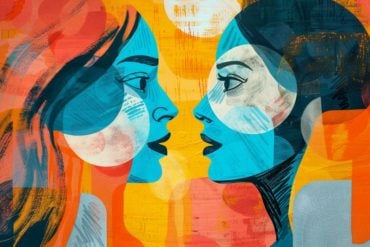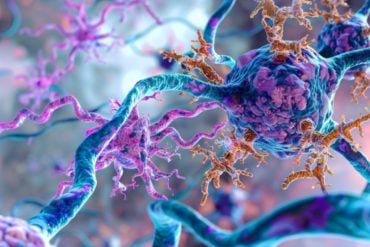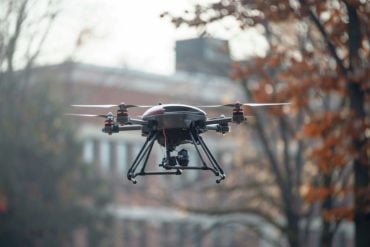Summary: The body relies on multiple maps based on the choice of the motor system.
Source: Tohoku University
Our brain maps out our body to facilitate accurate motor control; disorders of this body map result in motor deficits. For a century, the body map has been thought to have applied to all types of motor actions. Yet scientists have begun to query how the body map operates when executing different motor actions, such as moving your eyes and hands together.
A recent research paper by Professor Kazumichi Matsumiya from Tohoku University’s Graduate School of Information Sciences has revealed that the body relies on multiple maps based on the choice of motor system.
Details of his research were published in the journal Proceedings of the National Academy of Sciences of the United States of America on January 19, 2022.
Patients with motor dysfunction have abnormalities in their hands and feet that are felt in the brain. Traditional rehabilitation takes in to account the physical dysfunctions. But recovery of the neurological aspects is not visible and subjective.
To reveal more behind our body map, Matsumiya organized an experiment where participants were instructed to point to various parts of their right hand with the index finger on their left hand whilst simultaneously following with their eyes. This enabled him to measure the mind’s perception of the right hand for the eyes and the left hand movements.

Even though the eye and the left hand were pointing to the same spots, the imaging from the pointing was more distorted, demonstrating the existence of a separate body map.
Matsumiya expects his findings to contribute to the development of new diagnostic techniques for motor dysfunction. “Today, Japan’s population is aging rapidly, so we are experiencing a sharp increase in the number of patients with motor dysfunctions. Better understanding of how patients’ bodies are perceived by their minds will help to build a more effective rehabilitation technique.”
About this neuroscience research news
Author: Press Office
Source: Tohoku University
Contact: Press Office – Tohoku University
Image: The image is credited to Kazumichi Matsumiya
Original Research: Open access.
“Multiple representations of the body schema for the same body part” by Kazumichi Matsumiya. PNAS
Abstract
Multiple representations of the body schema for the same body part
Purposeful motor actions depend on the brain’s representation of the body, called the body schema, and disorders of the body schema have been reported to show motor deficits.
The body schema has been assumed for almost a century to be a common body representation supporting all types of motor actions, and previous studies have considered only a single motor action. Although we often execute multiple motor actions, how the body schema operates during such actions is unknown.
To address this issue, I developed a technique to measure the body schema during multiple motor actions. Participants made simultaneous eye and reach movements to the same location of 10 landmarks on their hand.
By analyzing the internal configuration of the locations of these points for each of the eye and reach movements, I produced maps of the mental representation of hand shape.
Despite these two movements being simultaneously directed to the same bodily location, the resulting hand map (i.e., a part of the body schema) was much more distorted for reach movements than for eye movements. Furthermore, the weighting of visual and proprioceptive bodily cues to build up this part of the body schema differed for each effector.
These results demonstrate that the body schema is organized as multiple effector-specific body representations. I propose that the choice of effector toward one’s body can determine which body representation in the brain is observed and that this visualization approach may offer a new way to understand patients’ body schema.






